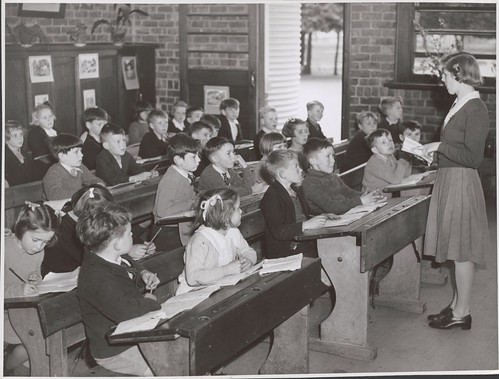Many children throughout our future career will display “bad behaviour.” I use that term in “” as I believe that children only behave in a certain way for a reason. Their reactions are almost certainly a result of another action/reaction. It is more important as a teacher to find out why a child is displaying such behaviour and from there working out a solution than to simply “punish.”
Previously in schools, a retributive approach was used in order to deal with behaviour issues. This focused heavily on the idea of blame and punishment, with punishments including things such as isolation from the class, removal of privileges and suspension or exclusion. There is however sufficient research to show that this is an ineffective method as it relies heavily on a child’s responsibility to self correct their own behaviour.
A more recent approach is the restorative one. This approach focuses much more on relationships and repairing the harm that has been done. This approach helps children to comprehend what has been done that is wrong and helps them take responsibility for their behaviours. There are 3 pillars to the restorative approach: harm, obligations and engagement and participation. Without just one of these pillars it is questionable as to whether or not you’re being restorative.


